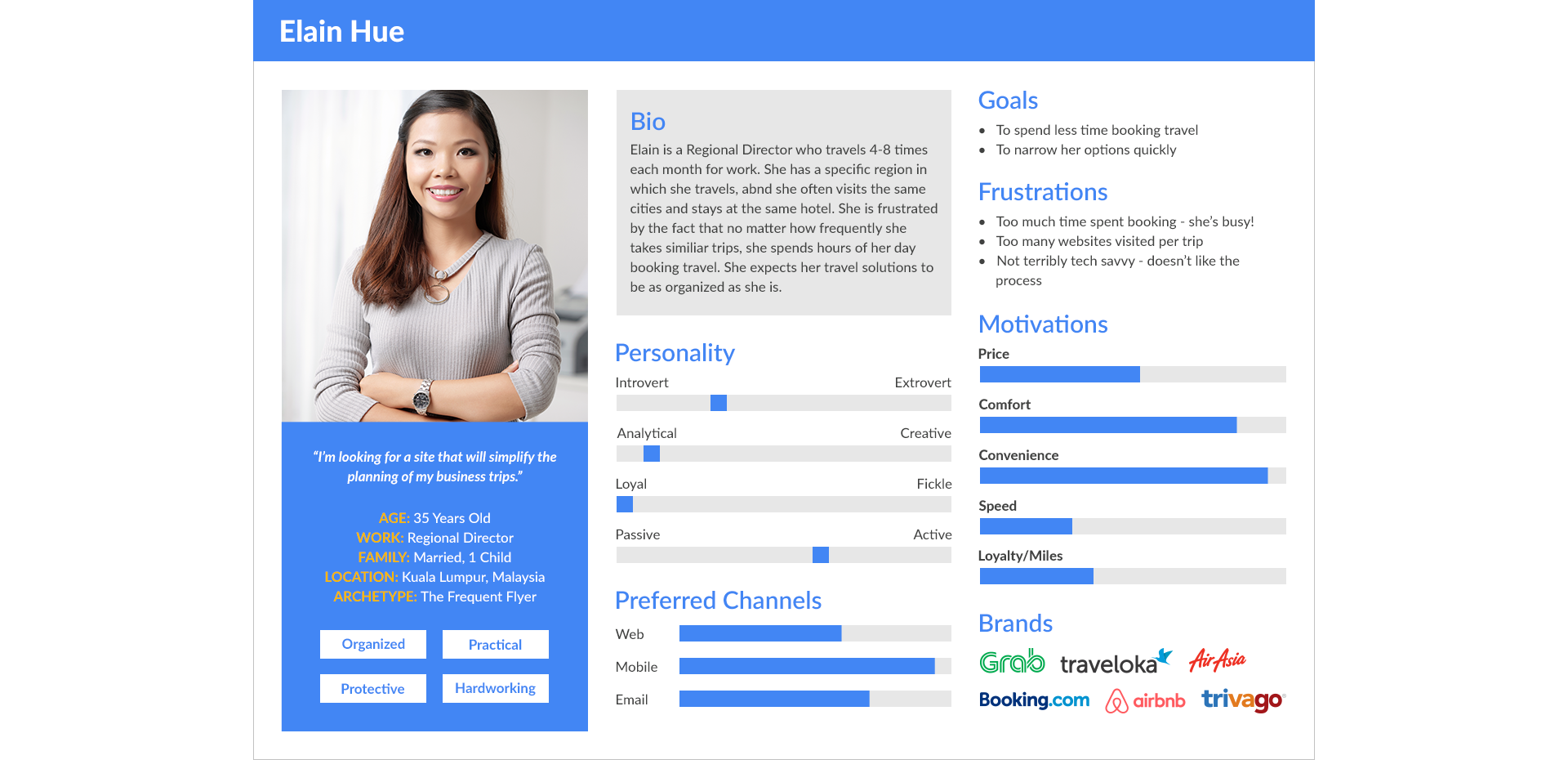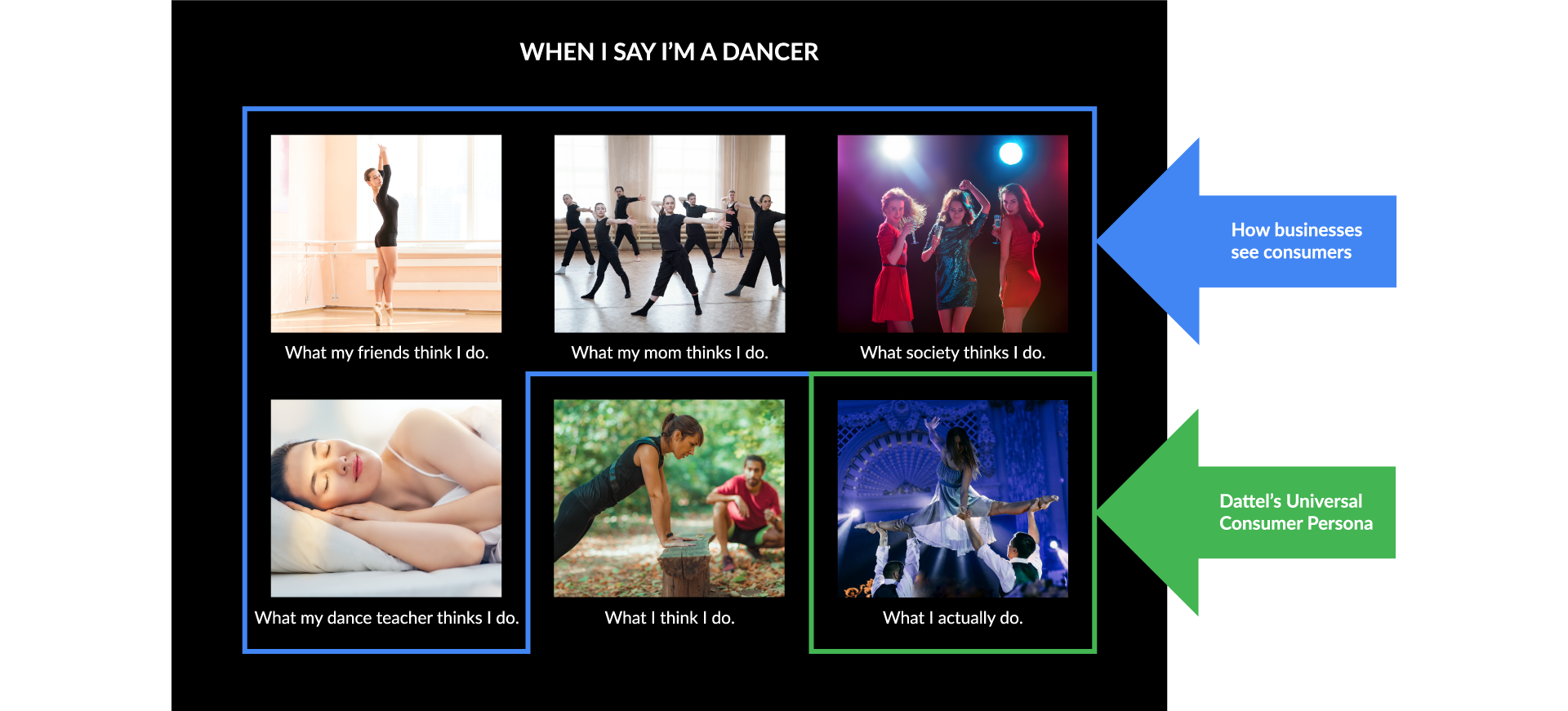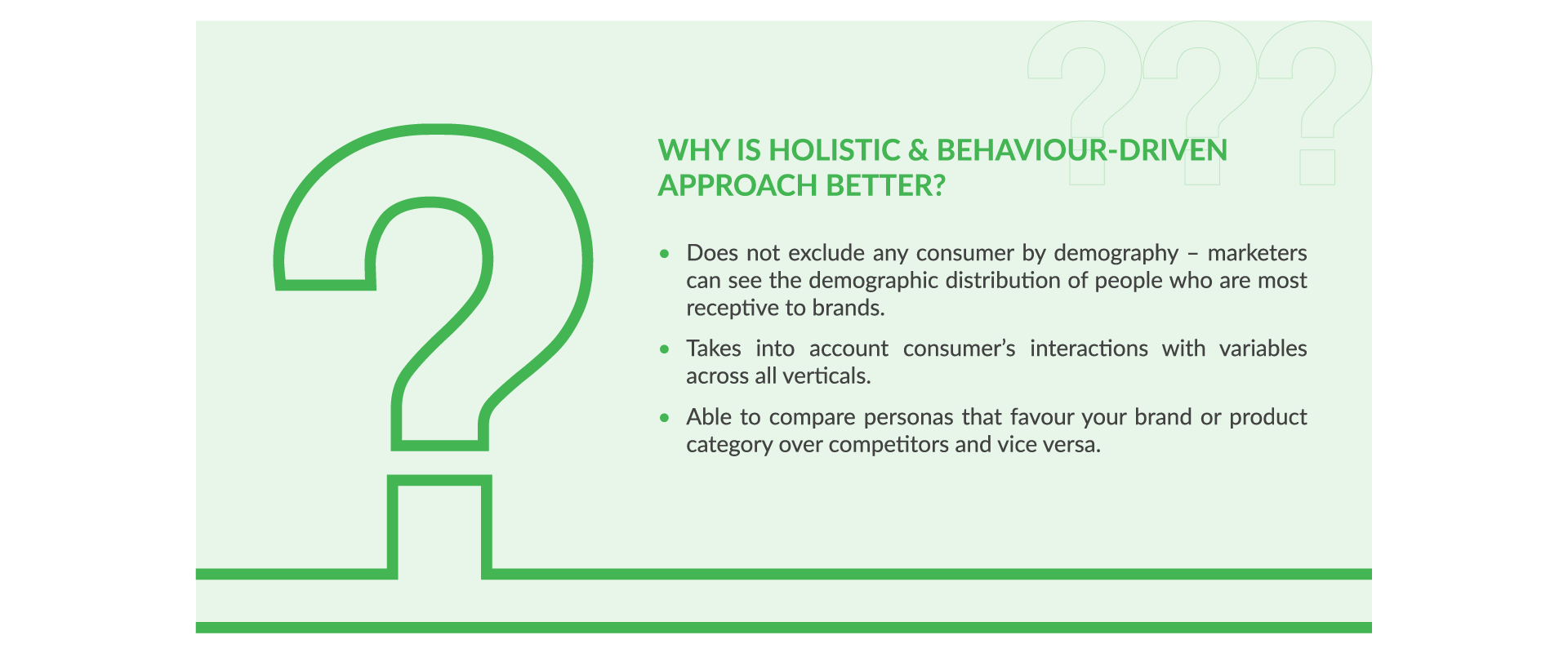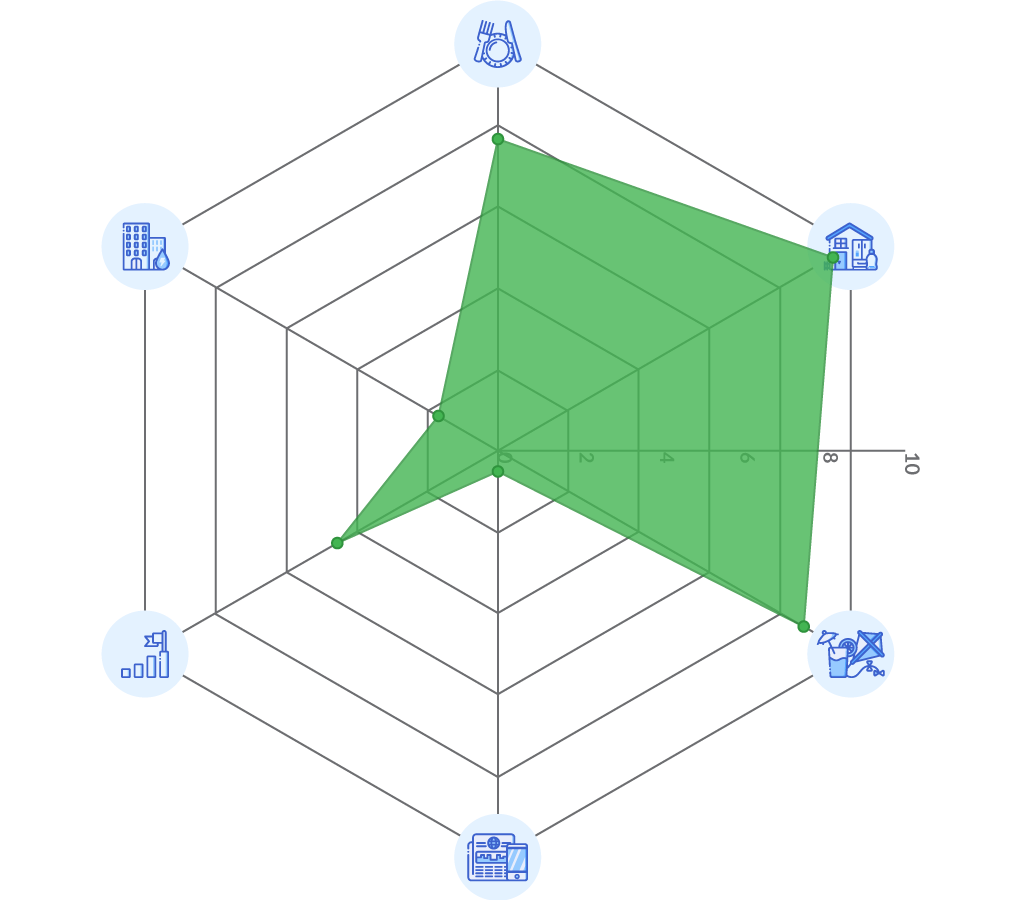Why Does a Good Marketing Strategy Need to Start with Behaviour-First Customer Personas?
Developing customer personas through holistic & behaviour-first approach give businesses multiple perspectives that enable them to drive better growth.

Imagine you are attending a marketing workshop alongside peers who are seeking answers to the universal question: How do I get to know my customers better? You are all determined to uncover your customer personas and are now taking turns presenting the results of a day-long exercise designed to achieve that. As one participant replaces another, you can’t help but wonder why this feels like a fruitless endeavour.
That’s when it strikes you. You realise that every participant is talking about the same set of customers, but clothed as different personas. How can the same person targeted by multiple industries end up described so differently?
Why Do Personas Fail?
Businesses recognise the value of clearly understanding the consumer market to focus their marketing strategy and budgets for maximum returns. The challenge lies in identifying the right market. Traditionally, the approach to developing customer personas has always been driven by psychographics but anchored on the demographic profile of target customers. While it hasn’t been a fool-proof approach, marketers stick by it because there is no better choice. But as the lines between industries start blurring and consumer behaviour has grown more complex, problems with the approach begin to show. Consumer behaviour changes and fragments faster than it takes to validate the personas. Marketers need to take a more holistic and data-driven approach. Demographics and psychographics are no longer sufficient to define a consumer’s identity.

Issues with Demographic Segmentation
Building customer personas, like many strategic marketing activities, is conventionally industry-led. Marketers begin persona development by profiling idealised demographic segments while discarding others. This built-in bias paves the road towards risky assumptions and consequently prevents businesses from seeing the larger picture. Inadvertently, people who could exhibit the desired behaviour are ruled out because they don’t fit the demographic criteria. Potential or emerging consumer markets are hidden from view. By excluding other demographic groups in favour of a few, persona segmentation risks underreporting the actual potential size of the market. Demographic bias can be a costly marketing miscalculation.
The identity of consumers can no longer be based on demographics. Then, why should we measure our customers on those perspectives?
Issues with Psychographic Segmentation
For marketers, psychographics represents the holy grail of the consumer. While demographics helps them understand “who” they are, businesses turn to psychographic instruments to determine “why” – the underlying motivations that drive purchase and consumption decisions. The risk that comes with psychographics is that consumers can present a more idealised version of themselves than who they indeed are or how truly they behave. Social acceptance bias influences people to underreport values or beliefs that they regard as unacceptable and overreport those that are socially valued. This is even more apparent in Southeast Asian society that values public opinion and appearances.
Another problem is that there is no single standard for psychographic profiling. Different industries apply their rules and instruments, yielding a variety of myopic caricatures of the consumer. The same person could end up being viewed as a different – and rather two-dimensional – persona from one sector to the next. How does that make sense? Can you rely on conflicting personas of the same consumer?

With so many issues plaguing the approach to customer personas, it begs the question – why do marketers still use it? The answer is devastatingly simple: they have no better choice.
A Behaviour-First Approach
At the heart of the matter, businesses are searching for consumer insights that reveal behaviours which correspond best with their product or brand. In an age where companies are encouraged to hyper-personalise, data-driven behavioural insight becomes more critical than ever.
The reason this has been hard to achieve is that tracking behaviour is time-consuming and costs a fortune if you take the traditional approach to consumer research. While digital marketing has opened doors to capture online behaviour, that too has its limitations. Firstly, it doesn’t account for online expression in other industries, as the online space tends to operate as many walled gardens. Secondly, it doesn’t account for offline behaviour, which is much harder to measure.
So far, marketers have not been able to crack this problem, but let’s imagine if they have. They can construct more comprehensive personas of consumers, based on a vast set of behavioural data that is not just limited to their brand category or industry but also includes other sectors that potentially have a domino effect on theirs. They can view the consumer as a whole person whose regular day involves multiple interactions with brands, products, and services, that affect one another. They can see how likely one persona is to use a combination of products and services over another. They can identify customer personas that are loyal to their brand, those who may be open to switching from their competitor to theirs, or those who are abandoning the brand category altogether. Their view is no longer confined to a group of consumers limited by demographic parameters and psychographic instruments. Industry and consumer bias are reduced, by virtue of the comprehensiveness in both the approach together with the data. Marketers would have access to genuinely holistic behaviour-driven personas to optimise their marketing strategy.
The good news is that you don’t have to imagine it any longer.
Universal Consumer Personas
The behaviour-first approach forms the foundation of Dattel’s Holistic Consumer perspective. We did the hard work of putting together a nationally representative curated consumer cohort, and then capturing their behaviour across multiple verticals (i.e. all the different aspects of a consumer’s life around which industries are organised). We deploy an omnichannel data capture method that goes beyond surveys to present the holistic perspective as accurately and reliably as possible.

Using this data, we applied the holistic behaviour-first approach to develop an algorithm which tests thousands of consumer variables to finally generate personas characterised by shared sets of behaviours, free of industry bias. As a result, every single consumer is grouped into one of ten distinct personas, giving marketers the most comprehensive holistic view of the consumer yet.
In the realm of marketing, consumer behaviour is the absolute truth…
ASEAN’s 1st AI-powered Universal Consumer Personas reveals that distinct patterns of behaviour distinguish one set of consumers from another. Not only that, but these persona groups also cut across demographic and psychographic profiles. What does this mean for a business? In short, more precious insights, a better look at how personas perceive competing brands. Marketers are now in a better position to identify consumer groups that represent opportunity or risk and plan more effective marketing strategies around different customer personas.

ASEAN’s 1st Universal Consumer Persona is now available via Dattel Voyager – an AI-powered Consumer Intelligence console that provides consumer data, analytics and insights to help businesses gain a fresh perspective on consumer behaviour. To learn more about Dattel’s Universal Consumer Persona as well as Dattel Voyager, do request for a demonstration now and start discovering the hidden truths of your consumers.
About the author
Storyteller; value creator; now data advocate. Noorhaina Hirawani has 18 years of experience in communication and content strategy development and has spent the last three years in data-driven consultancy. As Regional Head of Client Engagement in Dattel, she leads a team of consumer data experts to help businesses close their data knowledge gap as well as deliver the benefits of holistic consumer data into their hands.